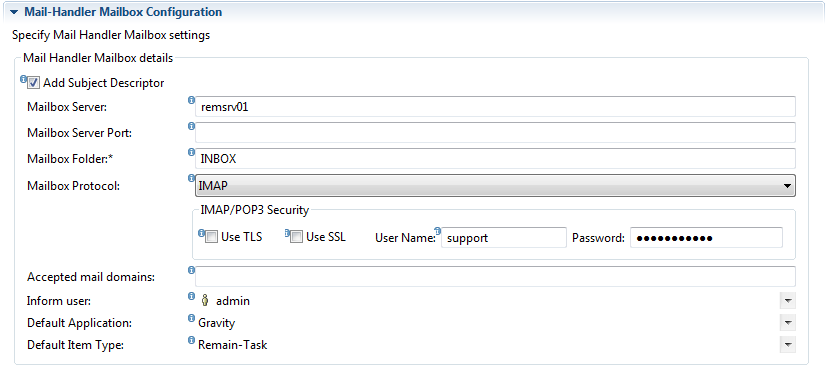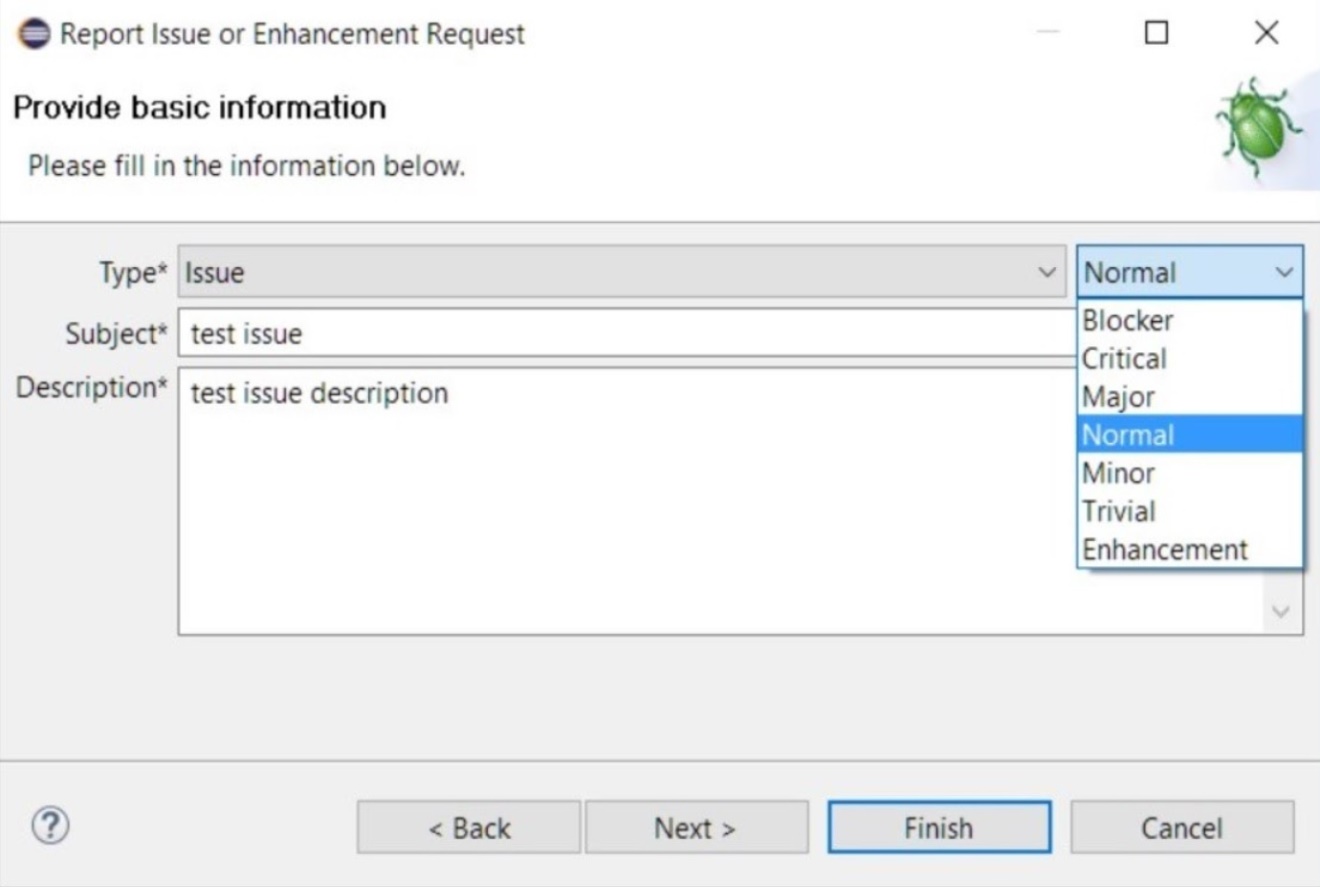“Gravity, which facilitates task and multiplatform workflow management, is a great choice for companies looking at improving various kinds of processes within their company, streamlining work, improving teams’ collaboration and communication and ultimately achieving excellence in project management. The new release of Gravity will be especially beneficial for big enterprises, with big number of users. The new features enable better user management, higher security and improved communication mechanisms.” – says Wim Jongman, CTO and managing director at Remain Software.
More effective user management
One of the key enhancements is the Gravity LDAP integration which makes it possible to authenticate a Gravity user against an LDAP server, for example Active Directory. LDAP integration factors have been kept flexible so that any LDAP implementation can be supported with regards to user authentication and importing user meta data (first, last name, mail address etc.). A user can be bound to LDAP authentication in 2 ways, either by defining a new user and setting the choice of authenticator to LDAP or by importing users by way of CSV file with the ‘Import Users…’ wizard, where the choice of authenticator is also LDAP. In both situations the user authentication will no longer be handled by the Gravity internal authenticator but by the Gravity LDAP authenticator which delegates the actual authentication to the configured LDAP server.
Improved user management is also a result of the personal access token, which is a substitute to username/password and is useful in cases such as when authenticating to Gravity from within a command line utility or script. A personal access token can be generated from the user administration. Gravity admins will also benefit from the Gravity API, created form a user authenticator, which allows users’ import from a CSV file.
Mail-handler improvements
Another interesting feature of Gravity is the mail-handler, which is an extension that allows users to directly respond to a Gravity sent mail or to create an item without the requirement to log into Gravity. When the mail-handler extension is active it will regularly check for emails arriving in the configured mail box. An email will be processed if the received email is from a known Gravity user at which point either a comment will be added to an item or a new item will be created. The latter will occur if the email subject does not contain an identifying item tag (the subject descriptor). The new feature significantly speeds up communication process between the team members, especially for people without access to their Gravity client and working on mobile devices only.

User interface enhancements
Other new features include user interface enhancements, such as CommonMark editor, which has been added to the web client to make it easy to read, easy to write the plain text format in the task/issue descriptions, comments and other communication within Gravity. Web client enhancements also include management of the extended fields.
An entity search widget is added to the condition field of the filter if the field is of type entity or entity type.This is an effective way to retrieve the disered entity. An effective way is added to extend an item with an entity or entity type. You can now search for the desired entity instead of load all entities.

Extended security
The Gravity server can be configured to use a SSL certificates. This allows the use of the https protocol to access Gravity through a web browser. If there is no SSL certificate but there’s a requirement for a secure (encrypted) connection between the server and a client then the Gravity server can create a self-signed certificate.

Standalone OSGI Gravity server (Windows, Linux)
A more lightweight Gravity server, which runs in its own OSGi container with an internal Jetty web server for web access is now available in the version 1.1.
Gravity rest API generation using Swagger
Easier grasp of Gravity REST APIs documentation is now possible due to its online availability with an interactive Swagger web UI. It is a webpage where users can visually interact with Gravity services by trying out live REST calls, manipulate input parameters, relate HTTP responses with the in-place documented data model, etc. Gravity REST APIs comply with Swagger OpenApi specification. A swagger editor is also available from within the same web page with some menu options such as downloading Gravity Swagger specs source, on-demand client code generation in different programming languages and others.

Standalone item reporter to be used in Eclipse
The standalone item reporter is added to eclipse (RCP, TD/OMS and GRAVITY). This wizard plugin allows a user to report a problem in the system straight from the GUI by providing his credentials to login and some basic info of the issue. There is also the optional choice of file uploading including logs and screenshots.

Gravity 1.1 availability
The new version of Gravity is already available for all current and new customers.